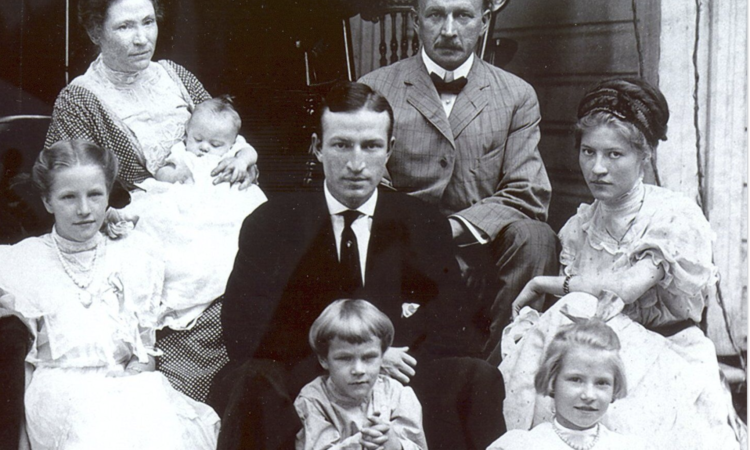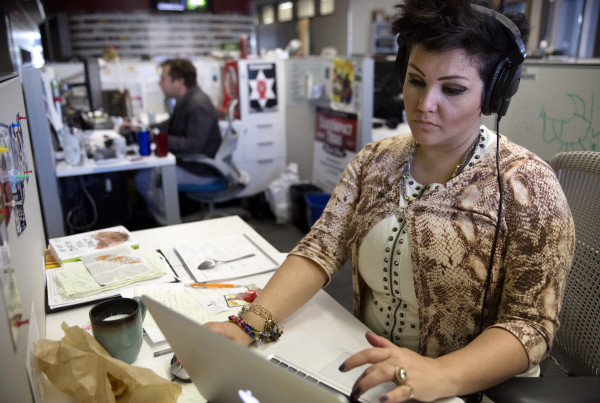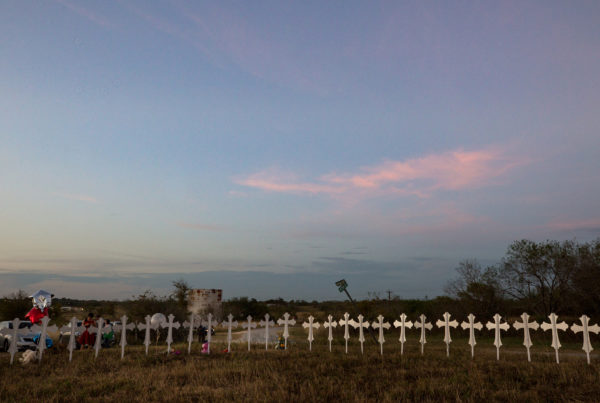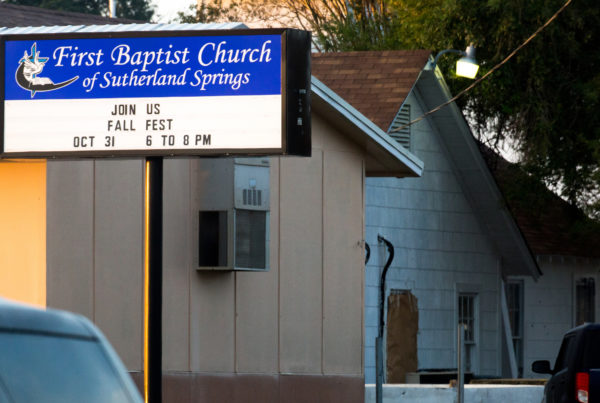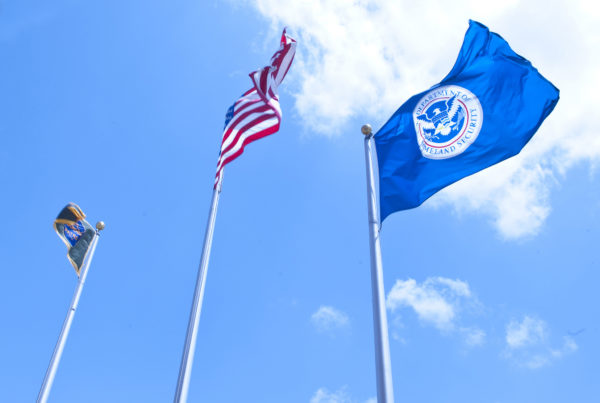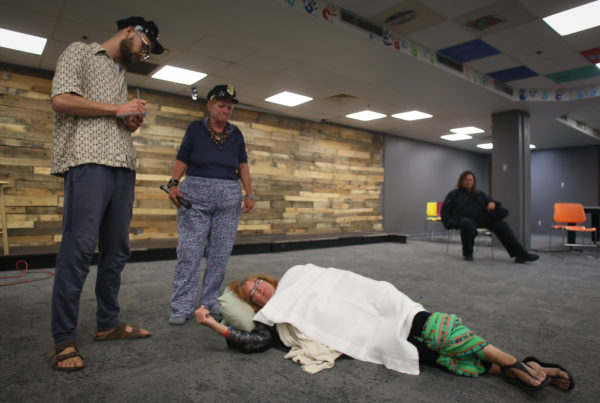If you went to school in Texas and never learned about Agnes Meyer Driscoll, you’re probably not alone. A former Texas math teacher, she was one of many women codebreakers during World War II whose stories have been left untold for years — until now.
In “Code Girls,” her latest book, author Liza Mundy recounts the experiences of 20 of these women who were recruited by the Army and the Navy after the government realized they needed to increase their intelligence operations following Pearl Harbor. The Navy began secretly recruiting women from women’s colleges in the Northeast, but the Army spread out its efforts throughout the South, recruiting civilian schoolteachers.
Prior to the war, Agnes Meyer Driscoll was the chair of the mathematics department at a high school in Amarillo, Texas, but in 1918, she enlisted in the Navy and quickly became one of their leading cryptanalysts. Mundy says Driscoll has been described as one of the great cryptanalysts of all time, because in addition to her skills in math and code-breaking, she was also gifted in music, was fluent in five languages, and had a knack for recognizing patterns. Mundy says Driscoll spent the 1930s diagnosing the Japanese Navy’s fleet code, which would come to be used all throughout World War II.
Driscoll wasn’t the only woman cracking codes behind the scenes. Mundy says the Army had a unit of African American women codebreakers who were given the task of reading commercial codes used by companies to send encrypted messages in order to discern if anyone was doing business with the enemy.
Mundy says that these women were instrumental in winning sea battles, in coordinating successful amphibious landings in the pacific, and in sinking the supply ships that were supplying the Japanese army, to name a few successes.
“I don’t think any of the women fully appreciated the massiveness of the effort and the important role that they played in it,” Mundy said. “But I think that they are very glad to get credit for it now.”
Written by Rachel Zein.


